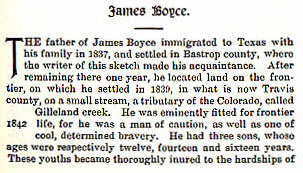

He urges readers not to accept the line that politicians in NSW, Van Dieman’s Land and Britain did in 1835, that governments couldn’t possibly regulate capital. There is certainly an appeal to Boyce’s argument. Governments, says Boyce, could have slowed down the rapid seizure of land and the eviction of Aborigines, and so saved lives. In the final chapter of 1835: The Founding of Melbourne and the Conquest of Australia, James Boyce makes his main argument that with a little bit of state intervention, the land hungry capitalists who forced open the frontiers beyond NSW could have been restrained.

Thirty years later and the rapid and violent destruction of the Aboriginal peoples of Victoria was almost complete.īut could Australia have been colonised less brutally? Was there a gentler, less genocidal way to dispossess Aboriginal people in 1835? Seven years later, border police, mounted police and native police were actively enforcing the brutal acquisition of Aboriginal lands.

A year later the British government had endorsed their plan. 1835: The founding of Melbourne and the conquest of Australiaġ835 was the year that Tasmanian pastoralists, hungry to expand their wealth through seizure of new lands, launched their project to colonise Melbourne (then called Port Phillip).


 0 kommentar(er)
0 kommentar(er)
